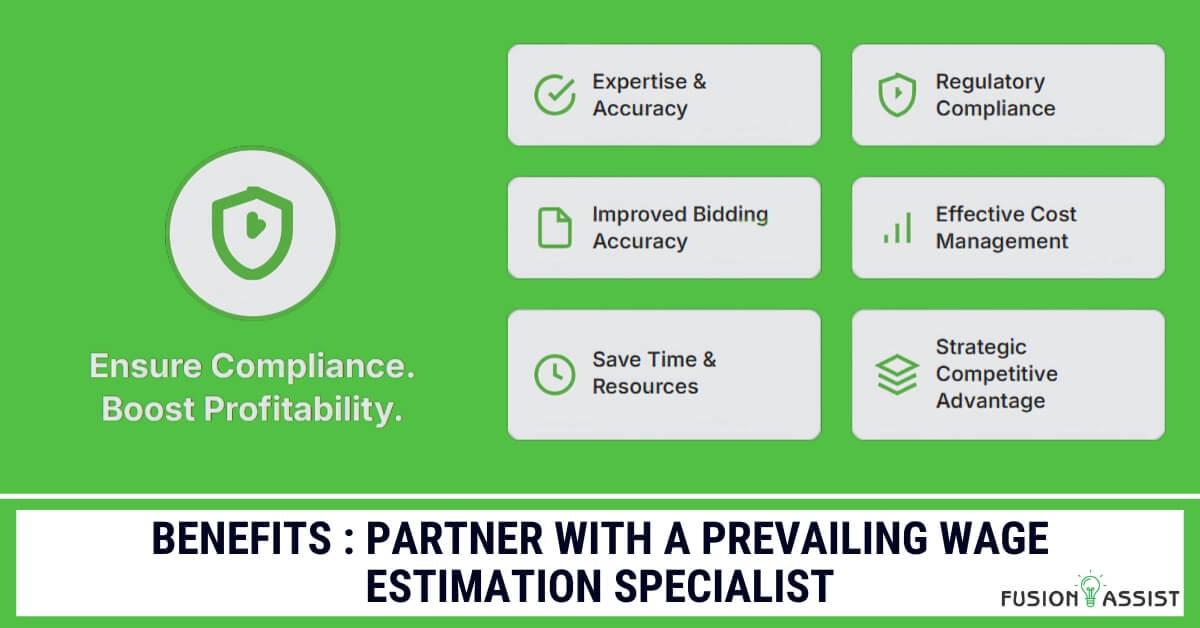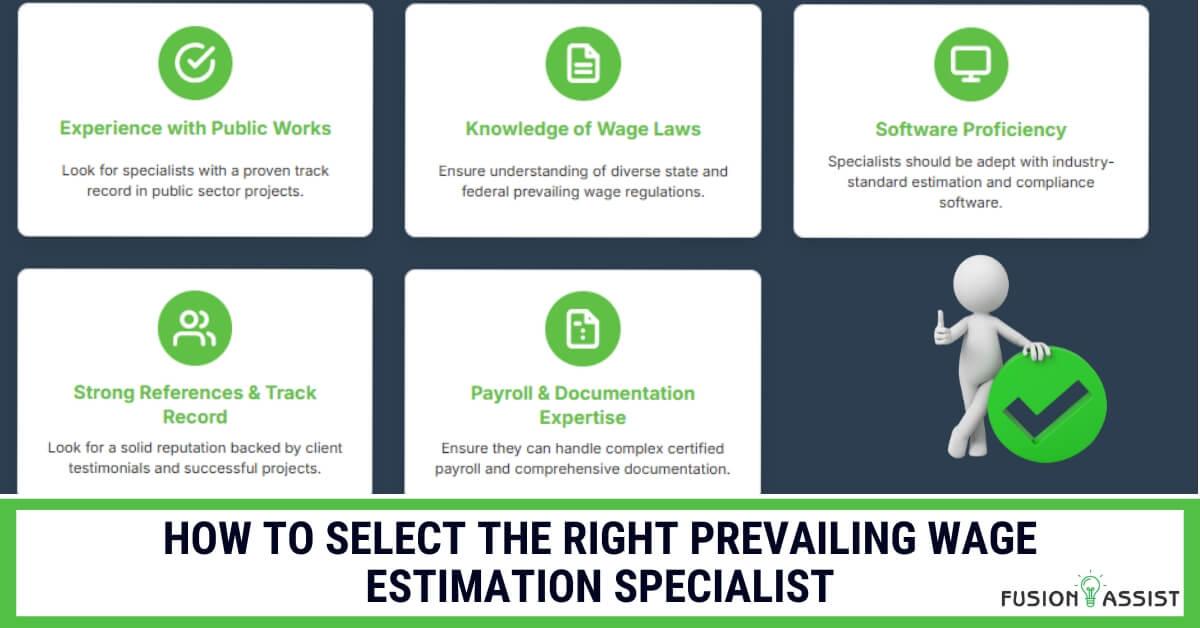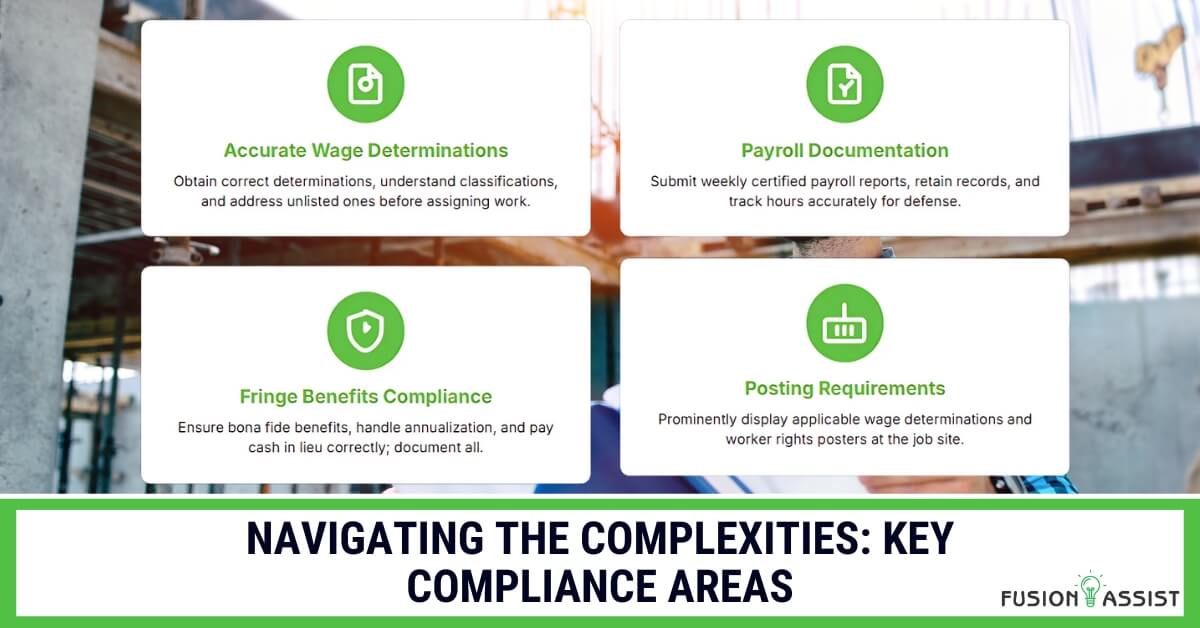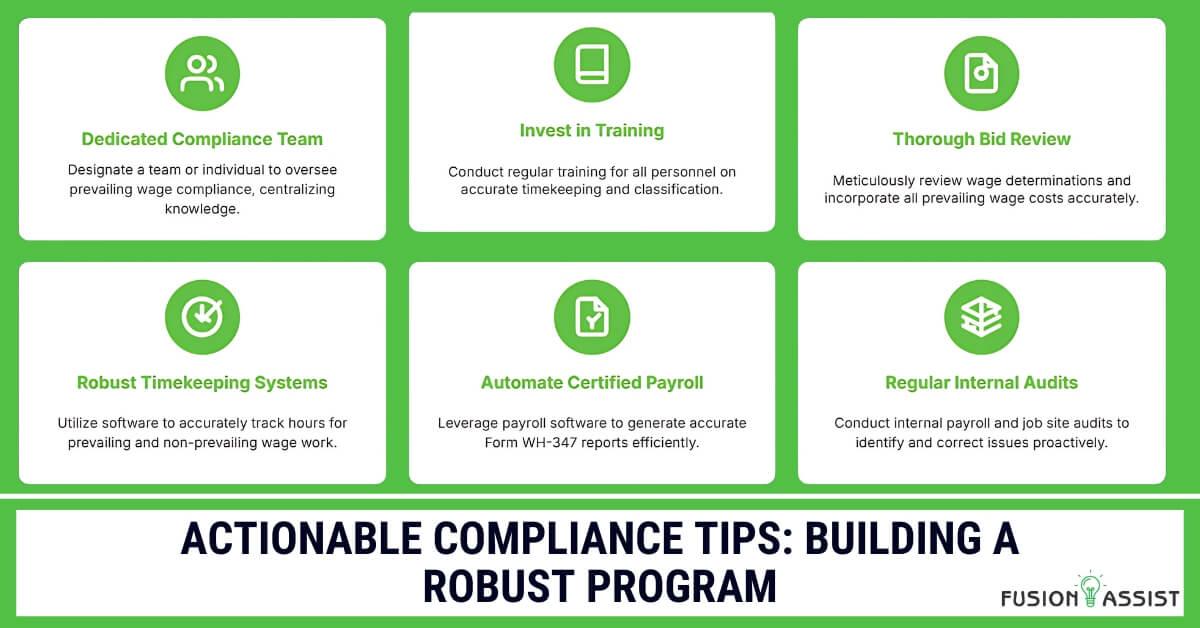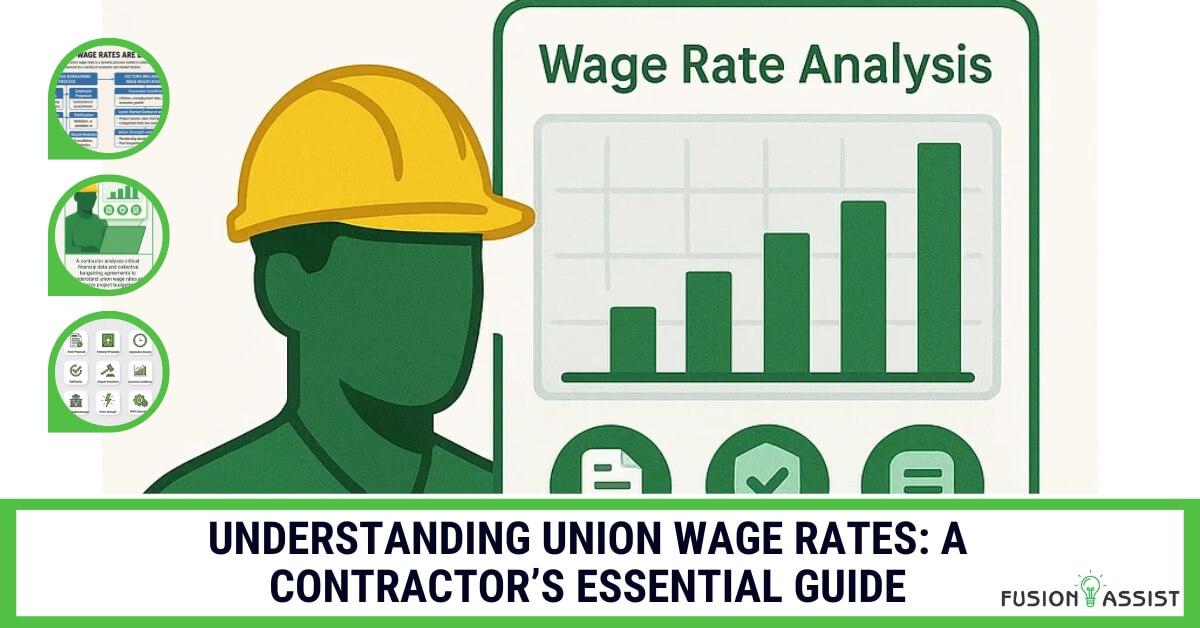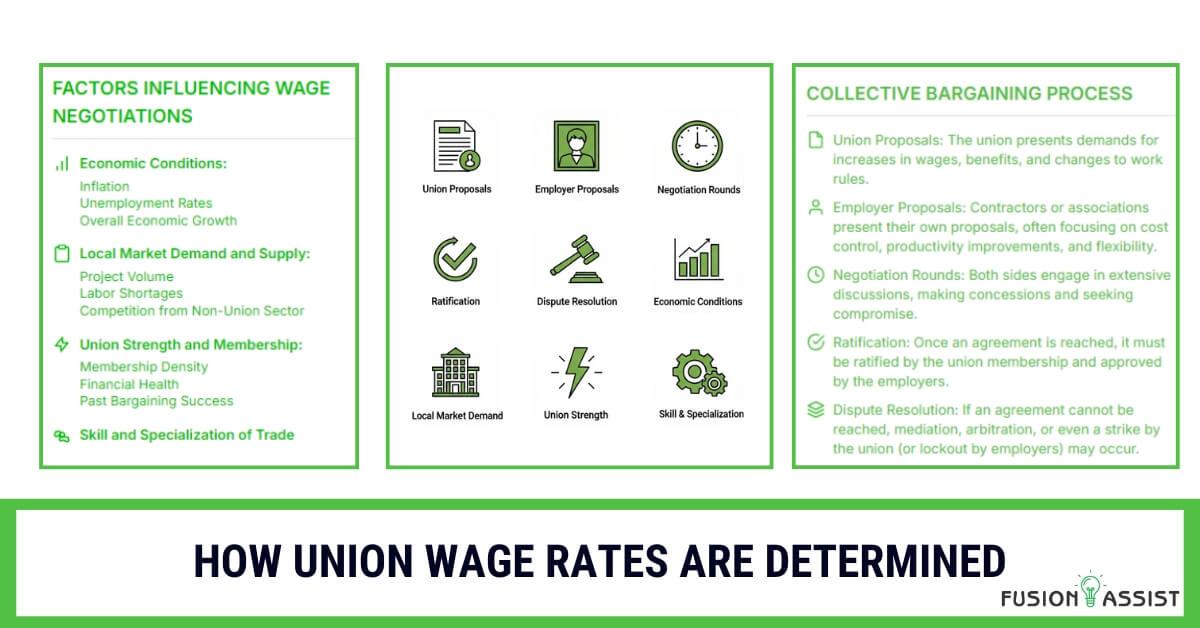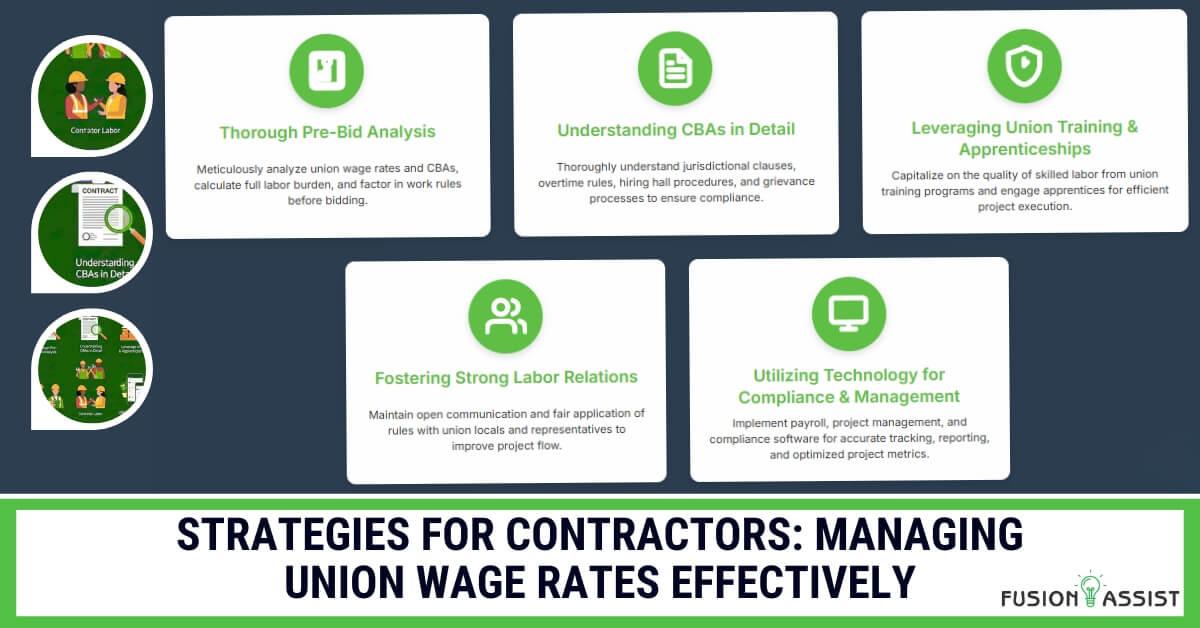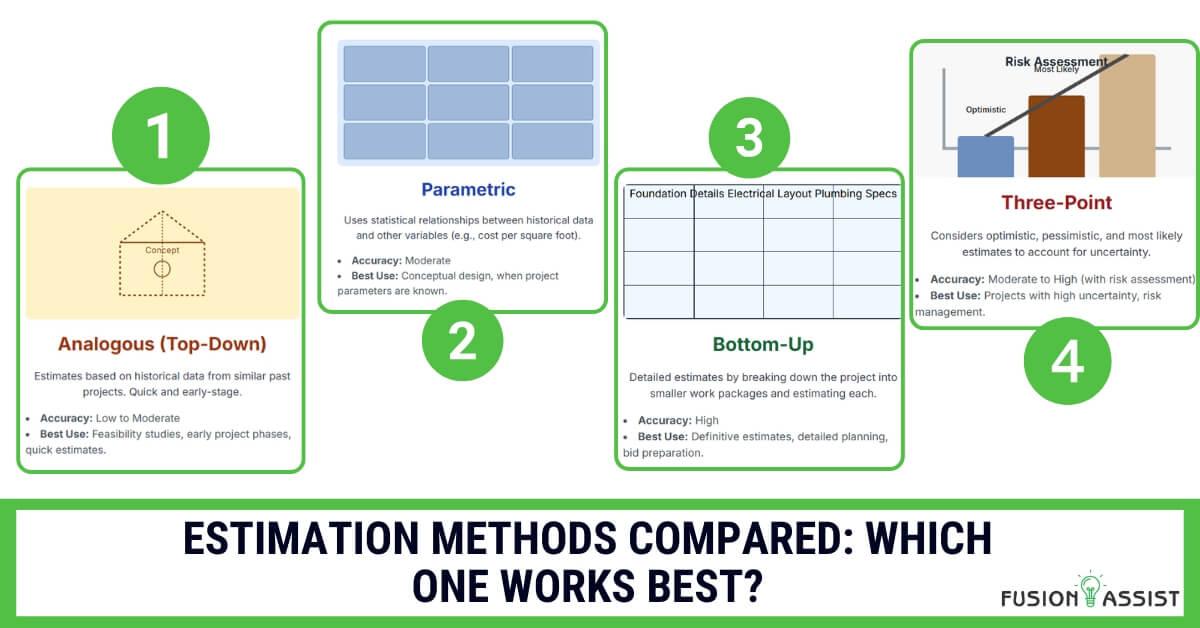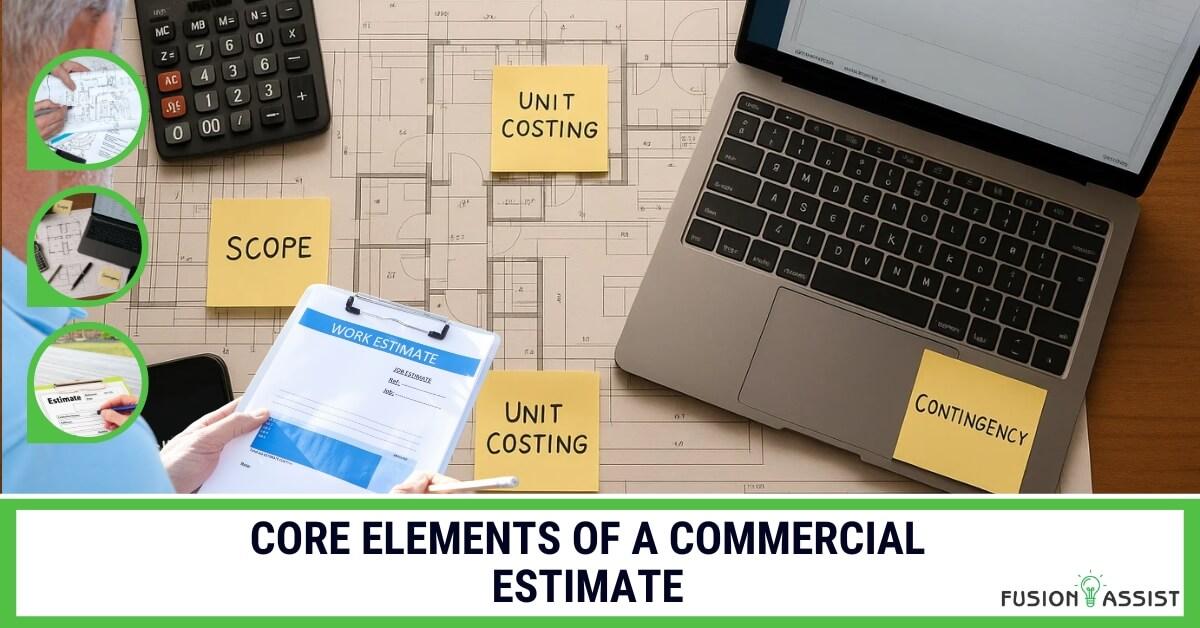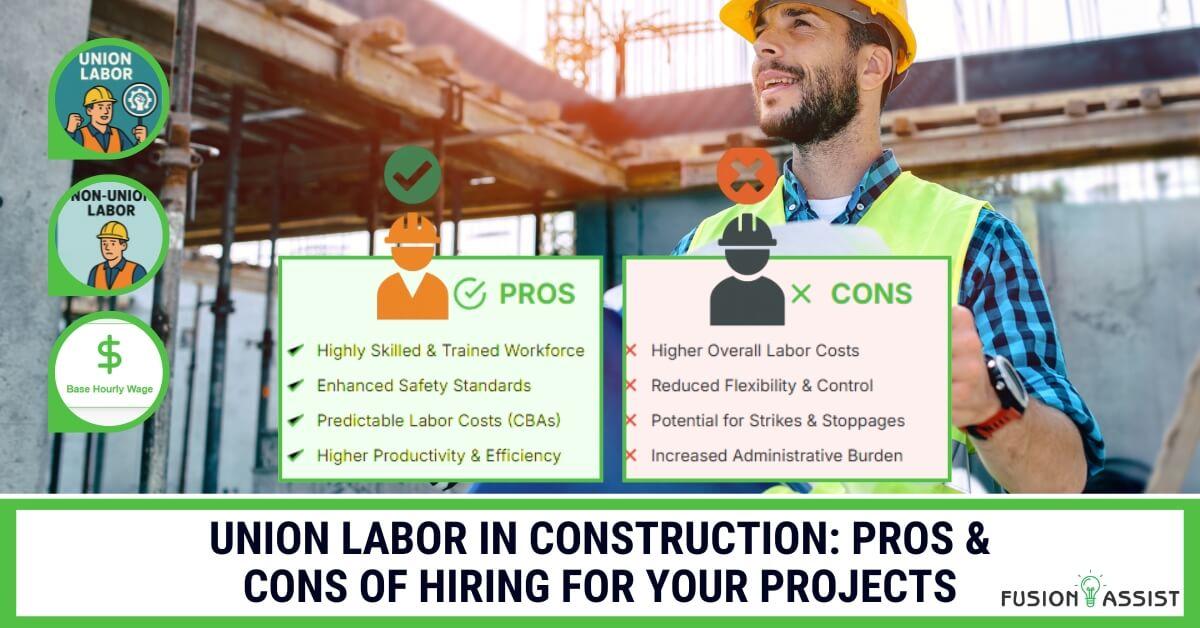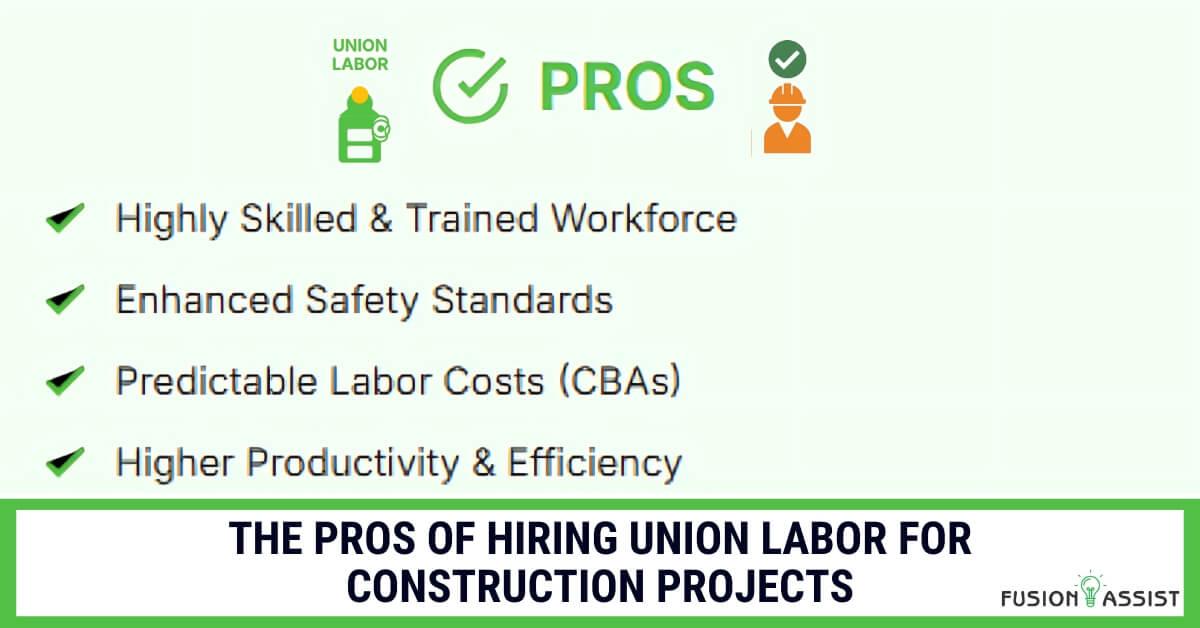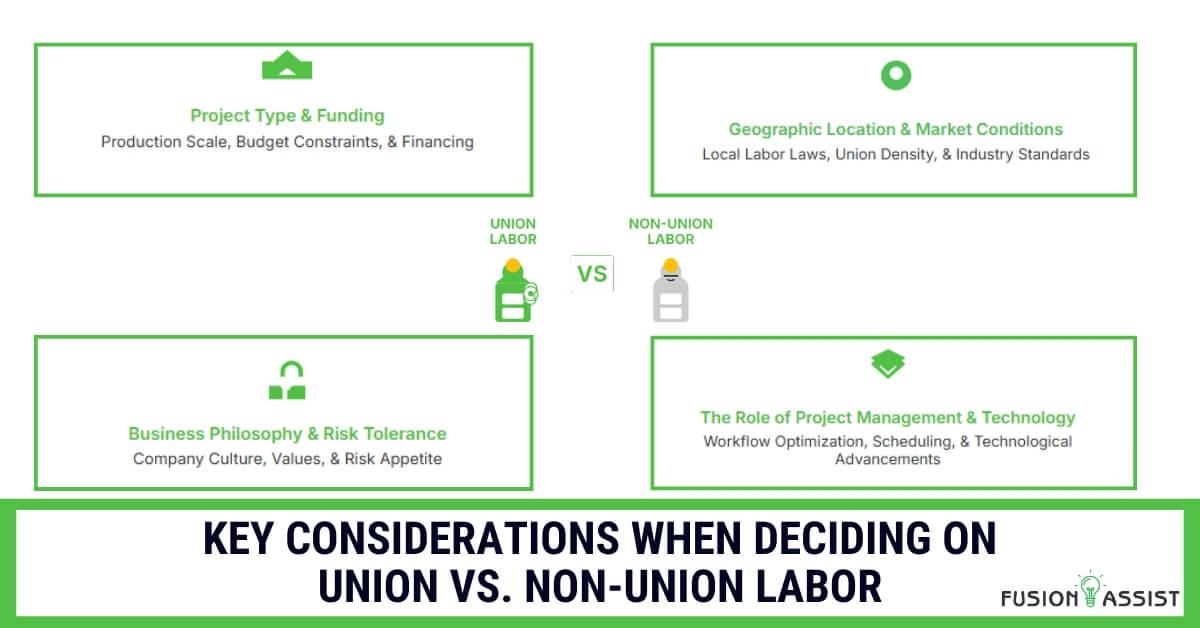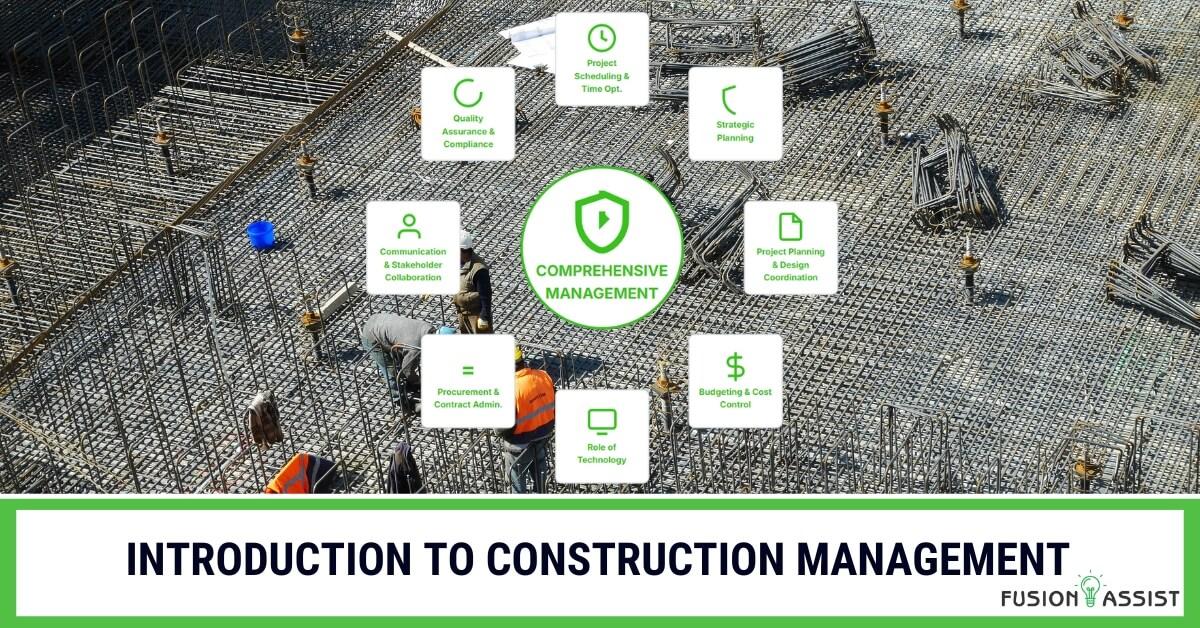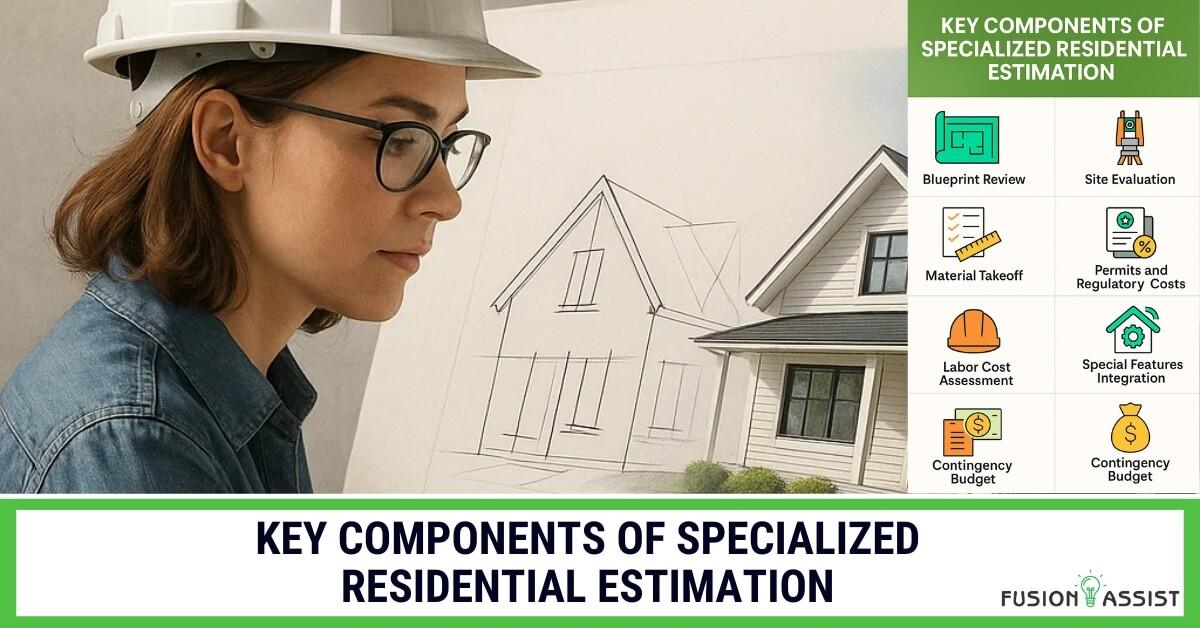Introduction
Large-scale construction projects are monumental undertakings. These projects, from towering skyscrapers and expansive infrastructure to complex industrial facilities, demand meticulous planning, precise execution, and robust oversight. The sheer scale of resources, personnel, and finances involved means that a single misstep in the planning phase can cascade into significant delays, budget overruns, and even project failure.
Effective project planning isn’t just about drawing up blueprints; it’s about envisioning the entire journey from conception to completion. It involves intricate coordination, strategic decision-making, and a deep understanding of potential challenges. This comprehensive guide will walk you through the essential steps of planning large-scale construction projects, providing actionable insights to help you navigate the complexities and achieve successful outcomes.
Why Meticulous Planning is Non-Negotiable for Large-Scale Construction Projects
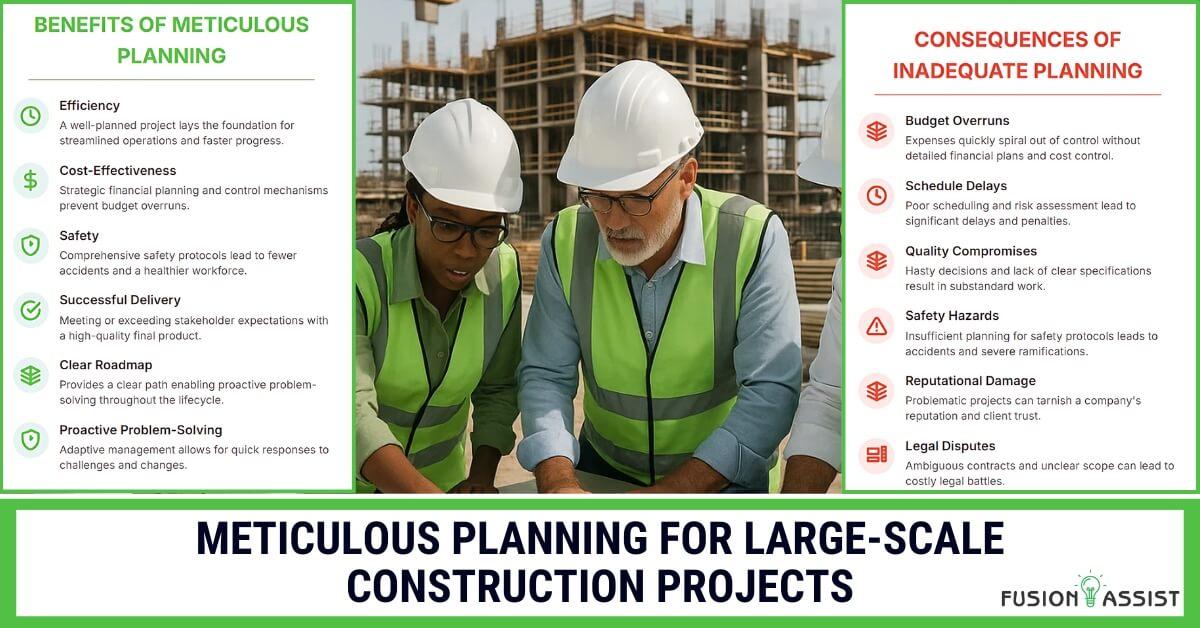
In the world of large-scale construction, the old adage “fail to plan, plan to fail” holds profound truth. The consequences of inadequate planning are far-reaching and costly:
Budget Overruns
Without a detailed financial plan and robust cost control mechanisms, expenses can quickly spiral out of control.
Schedule Delays
Poor scheduling, resource allocation, and risk assessment can lead to significant delays, pushing back completion dates and incurring penalties.
Quality Compromises
Hasty decisions and lack of clear specifications during planning can result in substandard work and a compromised final product.
Safety Hazards
Insufficient planning for safety protocols can lead to accidents, injuries, and even fatalities, with severe legal and ethical ramifications.
Reputational Damage
Failed or problematic projects can tarnish a company’s reputation, impacting future opportunities and client trust.
Legal Disputes
Ambiguous contracts, unclear scope, and disputes over changes can lead to costly legal battles.
Conversely, a well-planned project lays the foundation for efficiency, cost-effectiveness, safety, and ultimately, a successful delivery that meets or exceeds stakeholder expectations. It provides a clear roadmap, enabling proactive problem-solving and adaptive management throughout the construction lifecycle.
How to Plan Large-Scale Construction Projects
Phase 1: Project Conception and Feasibility
Every large-scale construction project begins with an idea, but transforming that idea into a viable project requires rigorous initial assessment.
1. Defining the Project Scope and Objectives
Before any tangible work begins, it’s crucial to clearly define what the project aims to achieve. This involves:
- Understanding Stakeholder Needs: Who are the key stakeholders (client, investors, community, regulatory bodies)? What are their expectations and requirements? This clarity is paramount for successful large-scale construction projects.
- Establishing Project Goals: What is the primary purpose of the structure? What functionalities must it have? What are the desired outcomes (e.g., increased capacity, improved efficiency, aesthetic appeal)?
- Preliminary Scope Definition: Outline the basic parameters of the project – what is included, and equally important, what is not included. This initial scope definition prevents scope creep later on.
2. Conducting a Comprehensive Feasibility Study
A feasibility study is a critical preliminary step that determines if a project is viable from various perspectives. This comprehensive analysis will guide subsequent planning stages for large-scale construction projects.
- Technical Feasibility: Can the project be built with current technology and available resources? Are there any unique engineering challenges? This often involves preliminary structural and civil engineering assessments.
- Economic/Financial Feasibility: Is the project financially viable? This includes initial cost estimations, potential revenue generation (for commercial projects), funding sources, return on investment (ROI) analysis, and cash flow projections. This is a core aspect of planning large-scale construction projects.
- Legal and Regulatory Feasibility: What permits, licenses, and approvals are required? Are there zoning restrictions, environmental regulations, or historical preservation concerns? Navigating the legal landscape is critical for successful large-scale construction.
- Site Feasibility: Assess the chosen site’s suitability. This involves geotechnical surveys, environmental impact assessments, access routes, utility availability, and proximity to necessary infrastructure.
- Market Feasibility (for commercial projects): Is there a demand for the proposed facility? Who are the target users or tenants? What is the competitive landscape?
The outcome of the feasibility study should provide a clear “go/no-go” decision. If the project proceeds, the findings will inform all subsequent detailed planning.
Phase 2: Detailed Planning and Design
Once a project is deemed feasible, the focus shifts to intricate detailing and formalizing the project framework.
3. Developing the Project Management Plan (PMP)
The Project Management Plan is the overarching document that guides the entire project lifecycle. It integrates all subsidiary plans and provides a roadmap for how the project will be executed, monitored, controlled, and closed. Key components of a PMP for large-scale construction projects include:
- Scope Management Plan: A detailed breakdown of the project scope, including a Work Breakdown Structure (WBS) that dissects the project into smaller, manageable tasks.
- Schedule Management Plan: Defines how the project schedule will be developed, monitored, and controlled. This includes choosing scheduling methodologies (e.g., Critical Path Method – CPM, Program Evaluation and Review Technique – PERT).
- Cost Management Plan: Outlines how project costs will be estimated, budgeted, and controlled, including defining baselines and variance thresholds.
- Quality Management Plan: Specifies the quality standards, metrics, and processes for ensuring the project deliverables meet the required quality levels.
- Resource Management Plan: Details the human resources, equipment, materials, and other resources required, including acquisition, allocation, and management strategies. This is crucial for large-scale construction projects.
- Communications Management Plan: Defines who needs what information, when, and how, ensuring effective communication among all stakeholders.
- Risk Management Plan: Identifies potential risks, assesses their probability and impact, and outlines strategies for mitigation, transference, acceptance, or avoidance.
- Procurement Management Plan: Describes how goods and services will be acquired from external sources, including vendor selection, contract types, and contract administration.
- Stakeholder Management Plan: Identifies all project stakeholders and strategies for engaging and managing their expectations and influence.
4. Comprehensive Design and Engineering
This is where the vision comes to life on paper. Detailed designs and engineering specifications are developed, often involving multiple disciplines:
- Architectural Design: Creating the aesthetic and functional layouts, elevations, and structural forms.
- Structural Engineering: Designing the load-bearing framework of the building, ensuring stability and safety.
- Mechanical, Electrical, and Plumbing (MEP) Engineering: Designing the building’s essential systems for heating, ventilation, air conditioning, electrical power, lighting, and water supply.
- Civil Engineering: Addressing site preparation, grading, drainage, utilities, and infrastructure connections.
- Specialized Designs: Depending on the project, this might include landscape design, interior design, fire protection, security systems, and more.
All designs must comply with relevant building codes, regulations, and industry standards. Iterative reviews with stakeholders are vital to ensure the designs align with project objectives and user needs.
5. Detailed Cost Estimation and Budgeting
Moving beyond preliminary financial feasibility, this step involves creating a precise cost estimate and a robust project budget.
- Activity-Based Costing: Estimating costs for each activity defined in the WBS, including labor, materials, equipment, and subcontractor costs.
- Indirect Costs: Accounting for project management, supervision, insurance, permits, financing, and other overheads.
- Contingency Planning: Allocating a percentage of the budget for unforeseen circumstances or risks. The larger and more complex the project, the higher the required contingency.
- Cash Flow Projections: Forecasting when funds will be needed throughout the project lifecycle.
- Value Engineering: A systematic approach to optimizing the project’s value by analyzing its functions and identifying ways to achieve the desired outcomes at a lower cost without compromising quality or performance.
6. Master Scheduling
Developing a detailed schedule is paramount for large-scale construction projects. It visually represents tasks, their durations, dependencies, and critical paths.
- Task Breakdown: Further breaking down WBS activities into granular tasks.
- Duration Estimation: Estimating the time required for each task, often based on historical data, expert judgment, and resource availability.
- Dependency Mapping: Identifying relationships between tasks (e.g., Task B cannot start until Task A is complete).
- Critical Path Analysis (CPA): Identifying the sequence of tasks that determine the shortest possible duration for the project. Any delay on the critical path will delay the entire project.
- Resource Leveling: Adjusting the schedule to optimize resource allocation and avoid overloads.
- Milestone Identification: Defining key checkpoints throughout the project, often linked to payments or significant deliverables.
Software tools like Primavera P6, Microsoft Project, or specialized construction project management platforms are indispensable for creating and managing complex schedules for large-scale construction projects.
Phase 3: Pre-Construction and Procurement
With detailed plans in place, the focus shifts to preparing for physical construction.
7. Risk Management Planning
A dedicated risk management plan is essential. This involves:
- Risk Identification: Brainstorming potential risks (e.g., weather, material shortages, labor disputes, regulatory changes, design errors, site conditions).
- Risk Analysis: Assessing the probability of each risk occurring and its potential impact on the project’s scope, schedule, budget, and quality.
- Risk Response Planning: Developing strategies to:
- Mitigate: Reduce the probability or impact of a risk.
- Avoid: Eliminate the risk altogether.
- Transfer: Shift the risk to another party (e.g., through insurance or contracts).
- Accept: Decide to take the risk, often with a contingency plan in place.
- Risk Monitoring and Control: Continuously tracking identified risks and identifying new ones throughout the project.
8. Procurement and Contracting
This phase involves selecting and onboarding the right partners and suppliers.
- Contract Strategy: Determining the appropriate contract types (e.g., fixed-price, cost-plus, design-build) based on risk allocation and project characteristics.
- Tender/Bid Process: Preparing tender documents, issuing invitations to bid, evaluating submissions, and selecting qualified contractors and subcontractors.
- Vendor Selection: Choosing material suppliers, equipment providers, and specialized service contractors.
- Contract Negotiation and Award: Finalizing terms and conditions and awarding contracts.
9. Permitting and Approvals
Securing all necessary permits and regulatory approvals is a critical, often time-consuming step. This includes:
- Building permits
- Environmental permits
- Zoning variances
- Utility connections
- Occupancy permits
Early engagement with regulatory authorities is crucial to avoid delays.
10. Site Logistics and Safety Planning
Before breaking ground, detailed plans for the construction site itself are required.
- Site Layout: Planning for temporary facilities, access roads, material storage areas, equipment placement, and worker parking.
- Security: Implementing measures to protect the site from theft and unauthorized access.
- Environmental Protection: Planning for waste management, erosion control, and protection of surrounding natural resources.
- Comprehensive Safety Plan: Developing and implementing a detailed safety plan, including risk assessments, emergency procedures, personal protective equipment (PPE) requirements, safety training, and regular safety audits. This is paramount for large-scale construction projects.
Phase 4: Execution, Monitoring, and Control
With robust planning complete, the project transitions into the execution phase, supported by continuous monitoring and control.
11. Project Kick-off and Team Mobilization
- Kick-off Meeting: A formal meeting with all key stakeholders, contractors, and team members to review the project plan, establish communication protocols, and ensure everyone is aligned.
- Team Mobilization: Onboarding project personnel, establishing site offices, and setting up initial operations.
12. Execution and Daily Operations
This is where the physical construction takes place, managed according to the detailed plans.
- Workforce Management: Managing labor, including scheduling, productivity tracking, and addressing any labor issues.
- Equipment Management: Ensuring equipment is available, maintained, and operated safely and efficiently.
- Material Management: Managing the procurement, delivery, storage, and distribution of materials to minimize waste and ensure timely availability.
- Subcontractor Coordination: Managing the work of various subcontractors, ensuring they adhere to schedules, quality standards, and safety protocols.
13. Monitoring and Control
Continuous monitoring is vital to ensure the project stays on track.
- Progress Tracking: Regularly comparing actual progress against the schedule baseline.
- Cost Control: Monitoring actual expenditures against the budget, identifying variances, and implementing corrective actions.
- Quality Assurance and Control: Implementing quality checks and inspections to ensure work meets specifications and standards.
- Risk Monitoring: Continuously assessing existing risks and identifying new ones, updating the risk register, and implementing response plans as needed.
- Change Management: Establishing a formal process for managing changes to the project scope, schedule, or budget. Any proposed change must be documented, assessed for impact, approved, and communicated to all relevant parties.
- Performance Reporting: Generating regular reports on project status, progress, budget adherence, and key performance indicators (KPIs) for stakeholders.
Phase 5: Project Closeout
The final stage ensures proper completion and handover.
14. Project Handover and Commissioning
- Final Inspections: Conducting thorough inspections to ensure all work meets contract specifications and quality standards.
- Commissioning: Testing and verifying that all systems (MEP, specialized equipment) function as intended.
- Occupancy Permits: Securing final permits allowing the building to be occupied.
- Documentation Handover: Providing the client with all necessary documentation, including as-built drawings, operation and maintenance manuals, warranties, and certifications.
15. Financial Closeout and Contract Administration
- Final Payments: Process final invoices and ensure all financial obligations are met.
- Lien Waivers: Obtaining waivers from contractors and suppliers to prevent future claims.
- Contract Closure: Formally closing all contracts with vendors and subcontractors.
16. Post-Project Review and Lessons Learned
- Performance Review: Evaluating the project’s success against its original objectives, budget, and schedule.
- Lessons Learned Session: Conducting a comprehensive review with the project team to identify what went well, what could be improved, and best practices to carry forward for future large-scale construction projects. This knowledge is invaluable for continuous organizational improvement.
- Archiving Project Documentation: Properly archiving all project records for future reference, legal compliance, and knowledge management.
Real-World Application: How Fusion Assist Elevates Large-Scale Project Planning
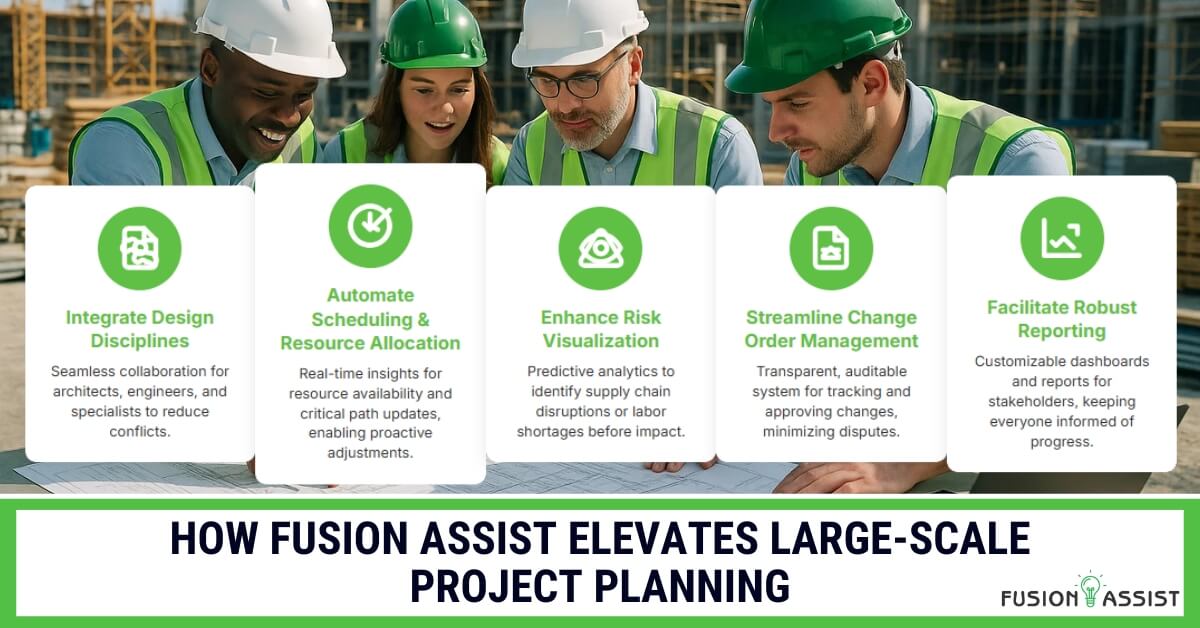
While the theoretical steps are crucial, their practical application truly defines success. Companies like Fusion Assist specialize in providing the tools, expertise, and processes that streamline large-scale construction project planning and execution.
For instance, consider a complex urban mixed-use development – a classic large-scale construction project. Fusion Assist might be brought in during the detailed planning phase to implement their advanced project management software. This software could:
- Integrate all design disciplines: Allowing architects, structural engineers, and MEP specialists to collaborate seamlessly on a single platform, reducing design conflicts and improving coordination.
- Automate scheduling and resource allocation: Providing real-time insights into resource availability and critical path updates, enabling proactive adjustments when delays occur.
- Enhance risk visualization: Using predictive analytics to identify potential supply chain disruptions or labor shortages before they impact the schedule, allowing the project team to implement mitigation strategies.
- Streamline change order management: Providing a transparent, auditable system for tracking and approving changes, minimizing disputes and budget creep.
- Facilitate robust reporting: Generating customizable dashboards and reports for stakeholders, keeping everyone informed of project progress and financial health.
By leveraging technology and specialized expertise, Fusion Assist helps translate meticulous planning into efficient, controlled execution, demonstrating how robust planning is the backbone of successful large-scale construction. Their involvement ensures that every aspect, from initial feasibility to final handover, is managed with precision and foresight, minimizing the inherent risks of such ambitious undertakings.
Conclusion
Planning large-scale construction projects is an intricate and demanding process, but it is the bedrock of success. By systematically addressing each phase – from conception and feasibility to detailed design, risk management, procurement, execution oversight, and meticulous closeout – project managers can significantly enhance the likelihood of delivering projects on time, within budget, and to the highest quality standards.
Embrace the complexities of large-scale construction by investing in thorough planning. Equip your team with the right tools, foster clear communication, and maintain a proactive approach to risk and change management. A well-planned project is not just a blueprint for a building; it’s a strategic roadmap for achieving a vision and leaving a lasting legacy.
Remember, in large-scale construction, planning isn’t a one-time event; it’s an ongoing, iterative process that adapts and evolves throughout the project lifecycle. Continuous refinement and diligent adherence to the plan will set your large-scale construction projects apart.
Frequently Asked Questions (FAQs)
Q1: What is the most critical step in planning a large-scale construction project?
A: While all steps are interconnected and vital, the feasibility study and comprehensive scope definition (Phase 1) are arguably the most critical. A flawed understanding of project viability or an unclear scope from the outset can undermine all subsequent planning efforts, leading to fundamental issues that are costly and difficult to correct later in the project lifecycle.
Q2: How can I accurately estimate costs for a large-scale project?
A: Accurate cost estimation for large-scale construction projects involves a multi-faceted approach. Start with activity-based costing from your Work Breakdown Structure, detailing labor, materials, equipment, and subcontractor costs for each task. Include indirect costs (project management, insurance, permits). Crucially, incorporate a contingency fund for unforeseen issues, typically 10-20%, depending on project complexity and risk. Utilize historical data, expert judgment, and specialized estimating software. Regular value engineering sessions can also optimize costs without compromising quality.
Q3: What role does technology play in planning large-scale construction projects?
A: Technology is indispensable for planning large-scale construction projects. Building Information Modeling (BIM) aids in design coordination and clash detection. Project Management Information Systems (PMIS) like Primavera P6 or Microsoft Project are essential for scheduling, resource allocation, and progress tracking. Cloud-based collaboration platforms enhance communication and document sharing. Data analytics and AI can assist in risk prediction and performance optimization. These tools enable greater precision, efficiency, and real-time insights throughout the planning and execution phases.
Q4: How do I manage risks effectively in a large-scale construction project?
A: Effective risk management involves continuous processes. Begin with thorough risk identification (e.g., weather, supply chain issues, regulatory changes) during planning. Then, analyze each risk’s probability and potential impact. Develop response strategies – mitigate (reduce likelihood/impact), avoid, transfer (e.g., insurance), or accept (with contingency). Crucially, implement a system for ongoing risk monitoring and control throughout the project, updating your risk register and adapting strategies as new risks emerge or existing ones evolve.
Q5: Why is stakeholder communication so important in large-scale projects?
A: Stakeholder communication is paramount because large-scale projects involve numerous parties with diverse interests (clients, investors, contractors, regulators, community). Clear, consistent, and timely communication prevents misunderstandings, manages expectations, resolves conflicts efficiently, and builds trust. A robust Communications Management Plan ensures that the right information reaches the right people at the right time, fostering collaboration and keeping everyone aligned with project goals, which is fundamental for successful large-scale construction.



